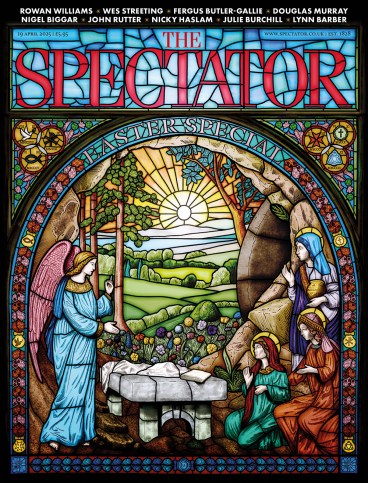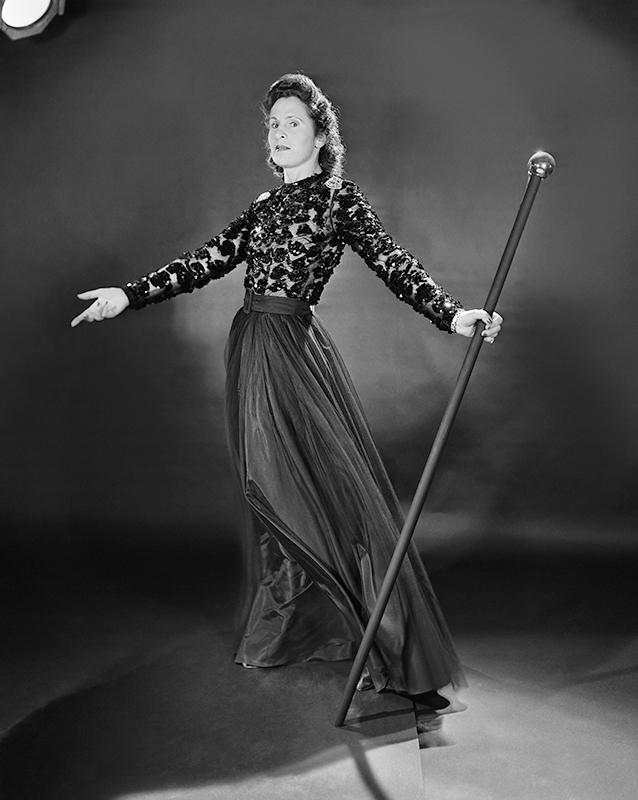
Salvador Dali’s wife Gala was born Elena Ivanova Diakonova in 1894 in Kazan, on the banks of the Volga. Her father was an abusive alcoholic who vanished when she was ten. Her mother, a midwife, moved the family to Moscow where Elena attended an exclusive school. But in 1913 she started coughing, so was sent to a Swiss sanatorium, Clavadel. There she fell in love with a fellow patient, Paul Éluard, who had just published his Premiers poèmes. They got engaged but had to wait until he turned 21 (she was 22) to marry – by which time she had adopted the name Gala. They had a daughter, Cécile, but they left her with his parents.
Éluard was one of the Dadaist circle around André Breton. The big event in spring 1921 was the debut show of a German artist, Max Ernst. Paul and Gala missed it because they were away, so they went to visit Ernst in Cologne and bought his ‘The Elephant Celebes’, the first painting he ever sold. Unfortunately, Ernst’s wife Louise took a strong dislike to Gala – ‘this floating, glowing creature with dark curls, crooked sparkling eyes and limbs like a panther’ – who, she rightly surmised, was trying to steal her husband. Ernst told Louise: ‘I wish I could be happy just married to you, but it does not work.’ Instead, he moved in with Paul and Gala in a very open ménage à trois. Paul told a journalist ‘I love Max more than I love Gala’ and referred to Max as his ‘brother’.
The threesome shared a pavilion outside Paris and attracted local rumours of orgies and witchcraft. But Paul became increasingly depressed. He handed his poetry manuscript Mourir de ne pas mourir to his publisher and disappeared the next day. He telegraphed his father: ‘I’ve had enough.








Comments
Join the debate for just £1 a month
Be part of the conversation with other Spectator readers by getting your first three months for £3.
UNLOCK ACCESS Just £1 a monthAlready a subscriber? Log in